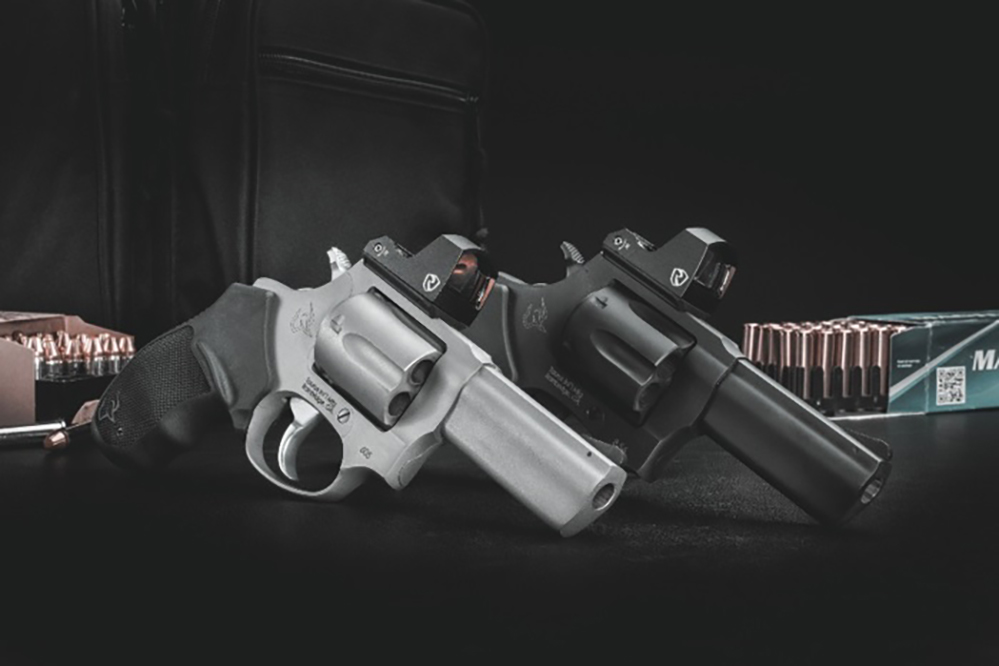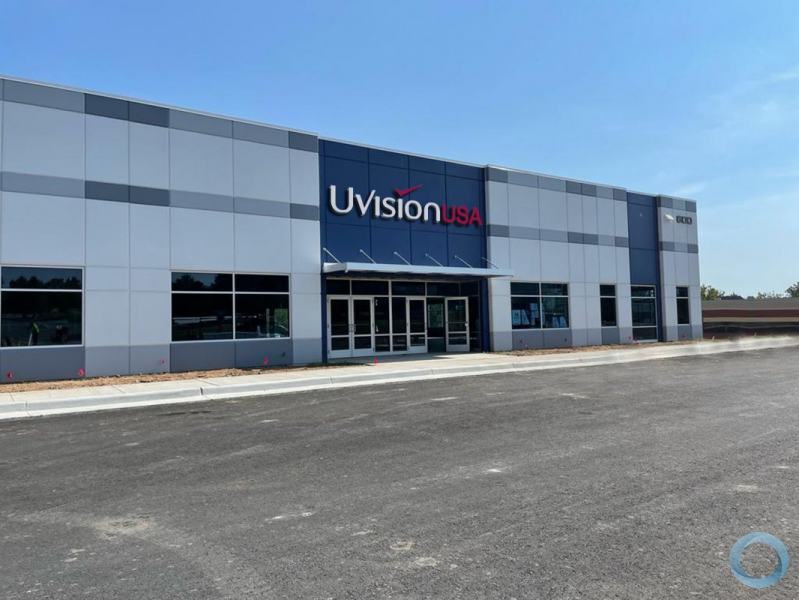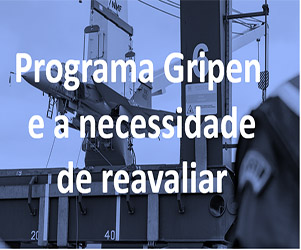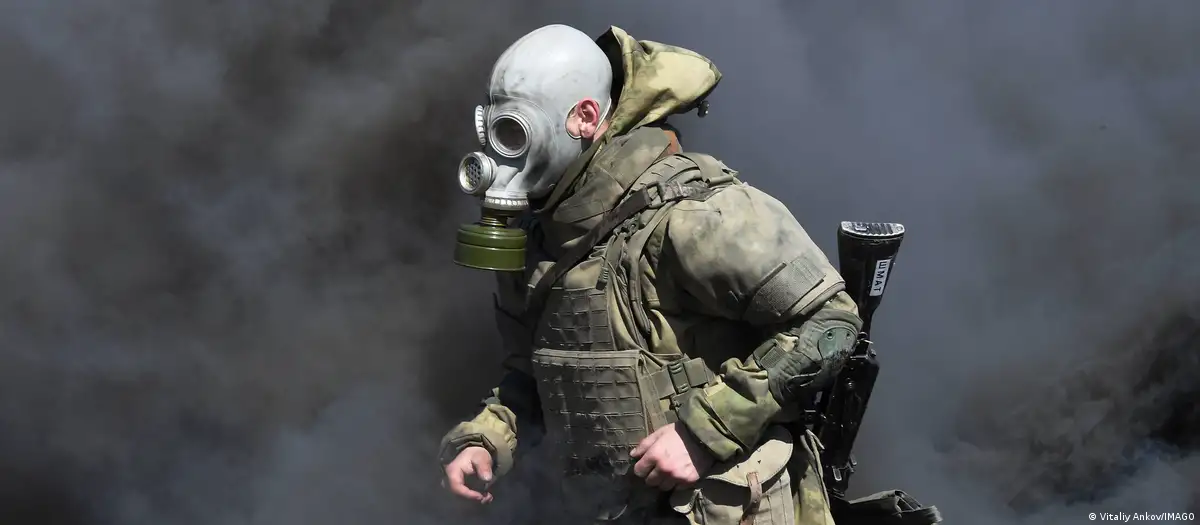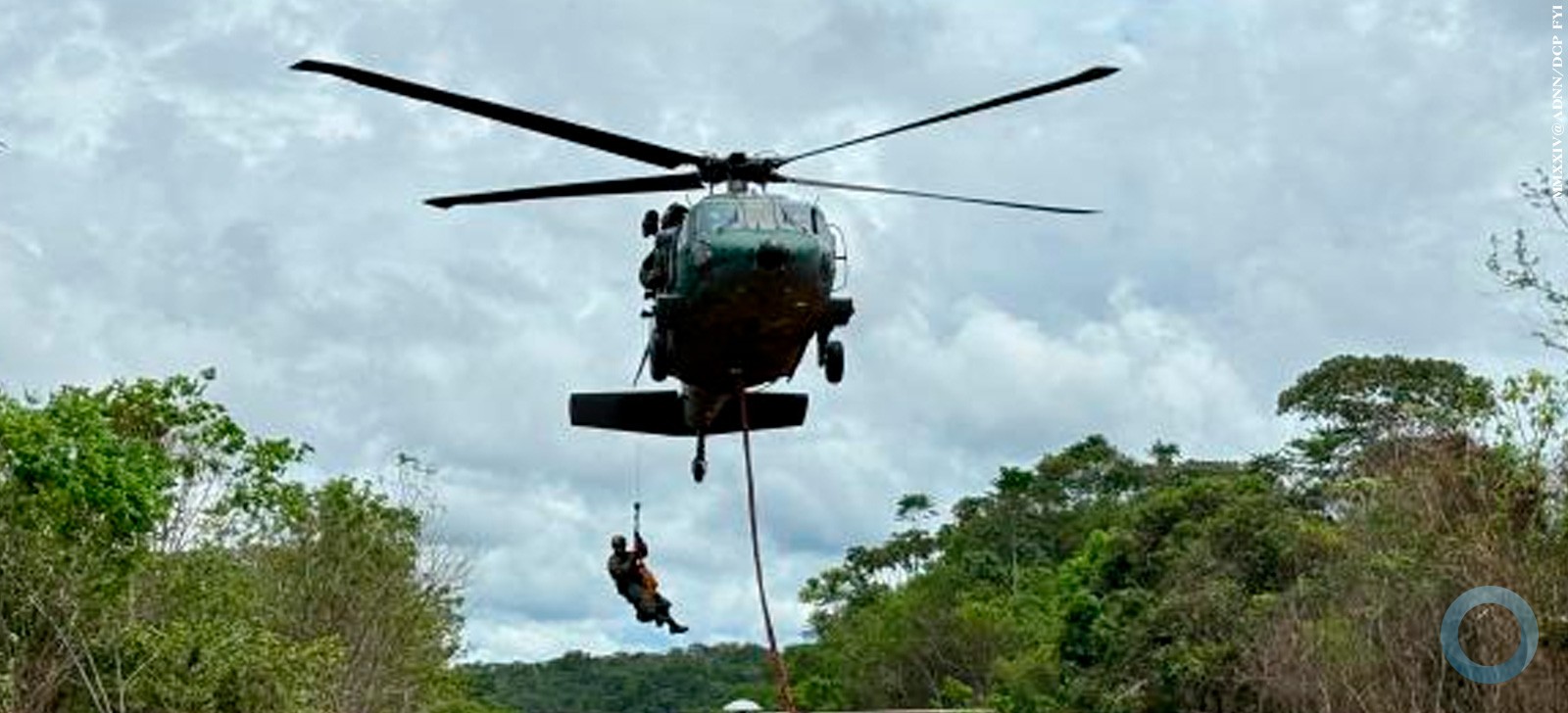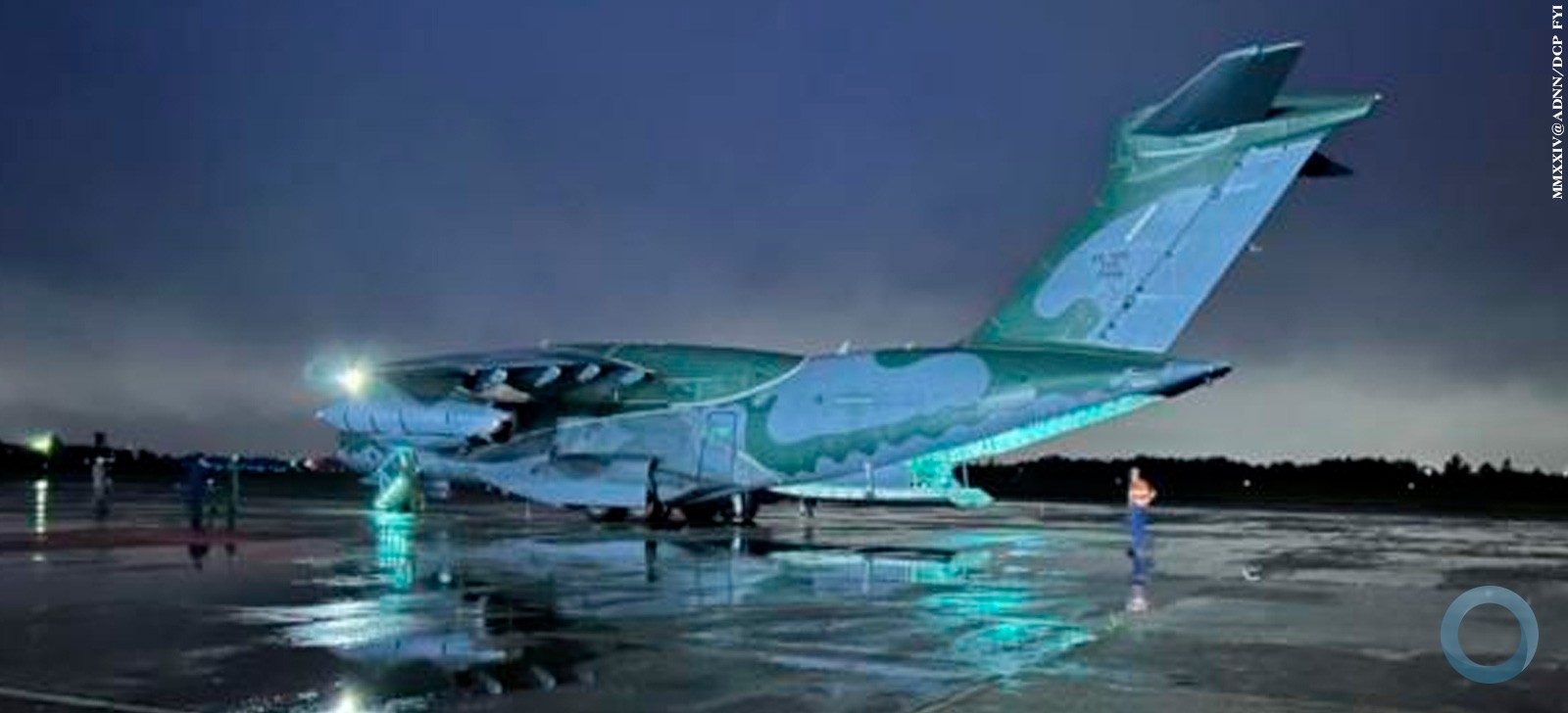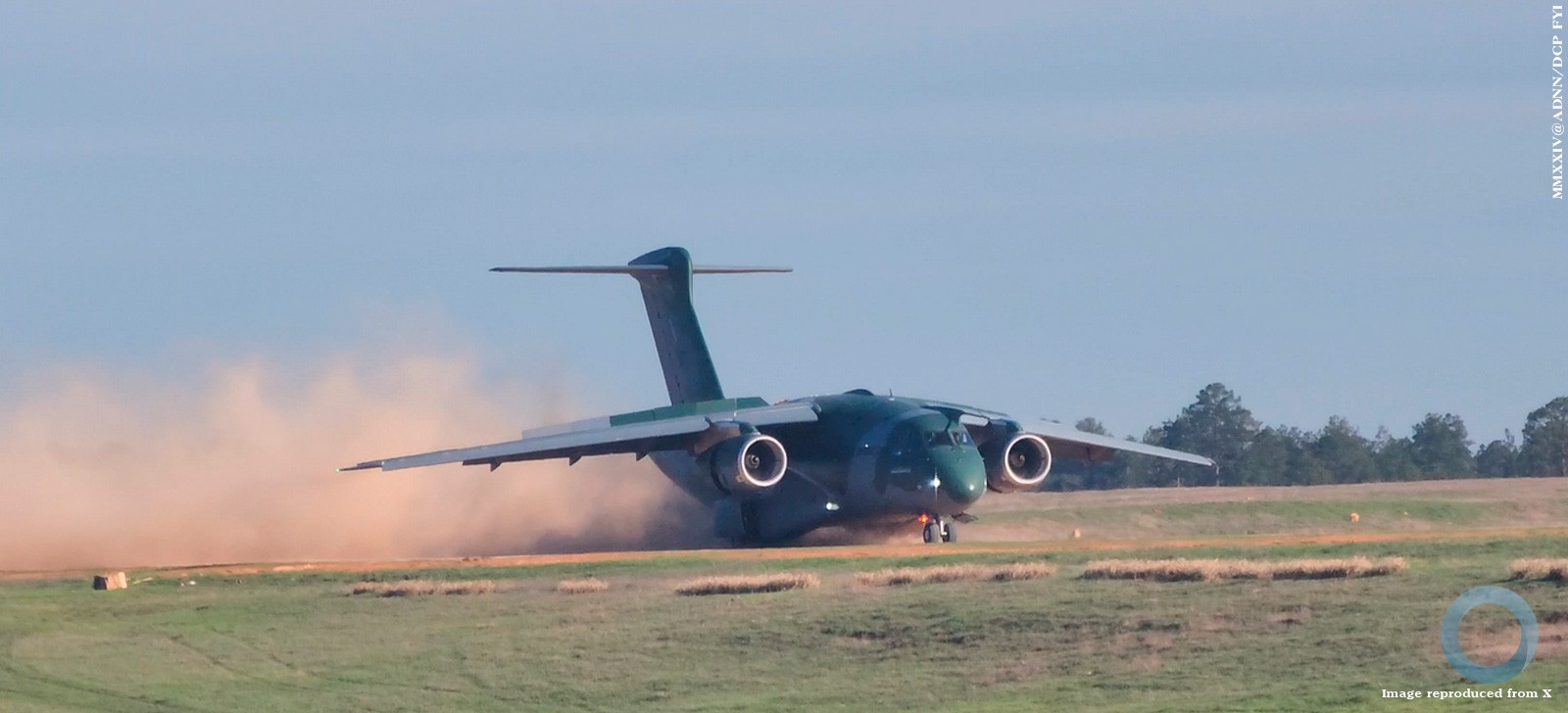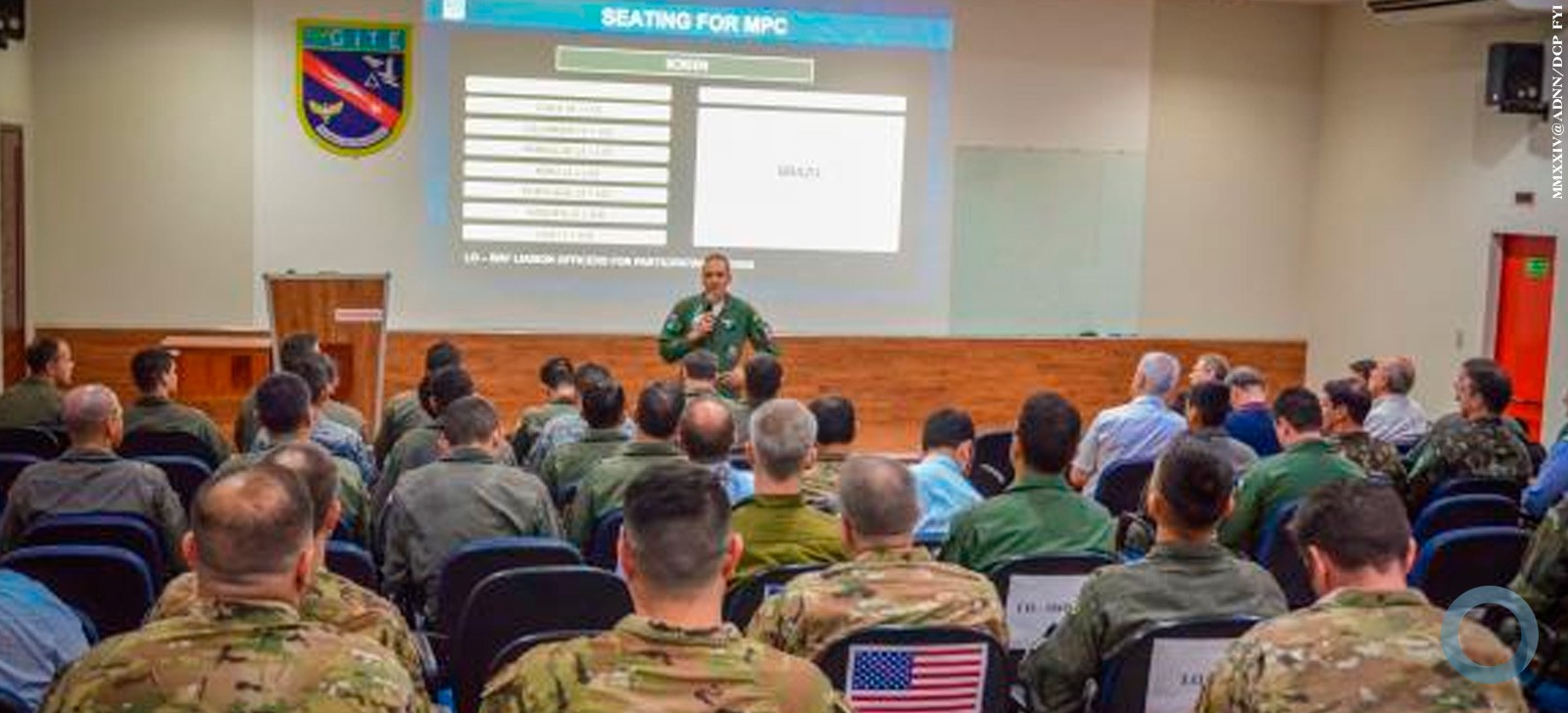During Singapore Airshow, Saab is showcasing its NLAW anti-tank weapon. Meet Rolf Michel, Director Ground Combat, at Saabs Market Area Asia-Pacific, as he gives some insights around the system and what it can do for countries in the region.
How would you describe Asia Pacific as a market area of interest within the domain of anti-armour and anti-tank weapons?
The Asia Pacific market is very interesting since many Armed Forces in the region are going through considerable modernisation efforts. Where previously a reference threat for dismounted soldiers could be old Soviet surplus armoured vehicles at really close (100-200 m), many forces are now deciding to ensure they can combat any tank from any angle at longer distances. We also see a tendency to focus more on urban operations and generally emphasizing the need for mobility overall. Deciding to give the dismounted soldiers this capability will of course allow more precise operations and reduce the overall reliance on e.g. own tank units.
The NLAW system gives the benefit of being able combat any tank from really close range (i.e 20m) within the urban area, up to 800 m with very good effect. That is and will be a need for any armed forces anywhere.
How are you expecting this region to develop within the defence sector?
Overall, shifting the ability to effectively combat enemy tanks downwards in the organisation will prove decisive already in exercises, and the more Armed Forces see the benefit of this, the more prolific the concept will be. What is interesting about the Asia Pacific region is that here you not only find the tactical awareness but also a very dynamic economy, allowing many Armed Forces to take advantage of the latest developments and not rely on old surplus and such.
What technology has enabled you to develop such a lightweight anti-tank weapon that can be handled by a single soldier and at the same time be so effective?
Our NLAW anti-armour/anti-tank weapon builds on well proven principles of detecting targets once they are close to the missile (which is also utilized in our longer-ranging tri-pod fired Bill2 missile) but relies on a Predicted Line of Sight (PLoS) to find its way to said target. Simply put, the PLoS principle works through letting the gunner tell the missile which path to follow rather than where the target is. This negates the need to acquire the target in a traditional sense, allows the gunner to take cover immediately after firing, and in addition makes it impossible to fool the missile with countermeasures.
Are you working on further weight reductions and, if so, how might they be achieved?
Specifically with regards to engaging MBT’s there will always be a balance to strike between warhead efficiency and size (and thereby weight). As a consequence, there is only so much that can be done in this field if you want to maintain the “any tank, any angle” capability. Although we have been spending a lot of time and effort on weight reduction in our Ground Combat portfolio, the NLAW itself is already made using probably as light materials as can be found without compromising its ability to withstand field conditions. Another important factor here is the shelf life of the system; If you want a product that lasts 20 years in storage you can’t go for just any materials when building it.
How do you see NLAW develop in the near future?
Although lower weight is always good, our main efforts are towards extending the range. This year we have already demonstrated the ability to combat both static and moving targets at longer ranges than the first configuration of the weapon was designed for.
How do you see these kinds of weapons develop in the future?
Specifically for the shoulder fired weapons, the focus will be on mobility, mobility, mobility. This means of course that systems have to be light and small, but also be practical to use in combination with, for example parachute insertions. A very short time to action, as targets of opportunities appear and disappear very quickly especially in the urban environment, will also be a key feature.
In addition, easy learning, low maintenance requirements, and long shelf life will become more and more important as most Armed Forces are likely to rather hire one more soldier than one more technician or administrator. Now we would say that, with our product having been designed specifically for this, but again if you budget for availability of the anti-tank capability, you will want probably go for systems that give you that over time with minimum hassle.
Source: SAAB






